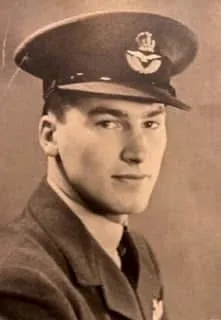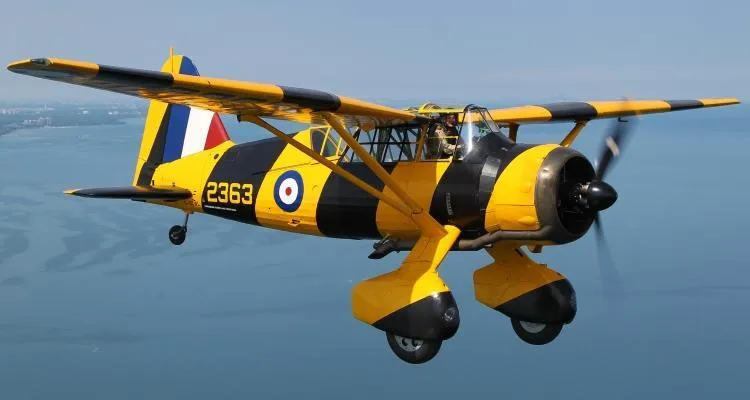Corbett, Alexander Boyd "Bud" ()
Survived 1940-June-28


Birth Date: 1916-April-18
Born: Merrickville Ontario
Parents:
Spouse:
Home: Merrickville, Ontario
Enlistment:
Enlistment Date: unkown date
Service
RAF
Unit
4 (R) Sqn- Squadron (RAF)
In Futurum Videre To see into the future
Base
Rank
Position
Pilot
Service Numbers
41666
Crew or Other Personnel
Lysander P1733
Mission
Lysander Mk. II P1733
Reconnaissance Ruhr Valley 1940-June-28 to 1940-June-28
4 (R) Sqn (RAF) RAF Linton-on-Ouse
On 28th June 1940 the crew of this 4 Squadron aircraft were undertaking a dusk patrol of the North Sea off the Yorkshire Coast. While returning to base at Linton on Ouse they darkness became a problem and they became lost, the pilot tried to force land the aircraft in a field near Wigginton but struck high tension cables and crashed soon afterwards at 22.45hrs. The aircraft sustained damage in the field near Broad Oak Farm but this was deemed repairable and it was taken away for repair. There is a suggestion that this landing may have been made on or near the Plainville relief landing ground, between Huby and Wigginton.
Pilot - Pilot Officer Alexander Boyd Corbett RAF (41666).
Air Gunner - Sergeant Whitley.
Source: https://www.yorkshire-aircraft.co.uk/aircraft/yorkshire/york40/p1733.htmlLysander serial: P1733

Canadian Warplane Heritage Museum
Westland Aircraft of Yeovil, UK, started to design an Army Cooperation aircraft for the British Air Ministry, in June 1935. The first Lysander flew a year later and demonstrated a remarkable short field performance that today would be seen in a STOL aircraft. At the outbreak of war in September 1939, seven RAF squadrons equipped with Lysanders were sent to France in support of the British Army. In May-June 1940, 118 Lysanders were destroyed in action and 120 aircrew were killed or taken prisoner. These severe losses showed that the old ideas about army support aircraft were out of date and the future lay in fighters like the Hurricane.
The most daring use of Lysanders in WW II was with the Special Operations Executive, which supported the Resistance in German occupied France and Belgium, by flying in agents and picking up escapees. It was during these night operations, that the Lysander came into its own, using its remarkable STOL capabilities to fly into the small fields marked out by the Resistance.
The first Canadian built Lysanders rolled out of National Steel Car factory at Malton, Ontario in September 1939 and later were delivered to RCAF No. 110 (Army Co-operation) Squadron at Rockcliffe, Ontario. In February 1940, No. 110 became the first RCAF squadron to be ordered overseas to Britain, becoming No. 400 Sqn..
By late 1941, most Canadian built Lysanders had been transferred to the British Commonwealth Air Training Plan (BCATP), where they were used for target towing at gunnery training schools. National Steel Car, which became Victory Aircraft, stopped building Lysanders in September 1942, as it started to gear up to manufacture Lancaster bombers. 1,652 Lysanders were built between 1938 and 1943; 225 of them in Canada. Lysanders served with the RAF, RCAF and the RAAF, as well as the air forces of seven other nations. Canadian Warplane Heritage Museum